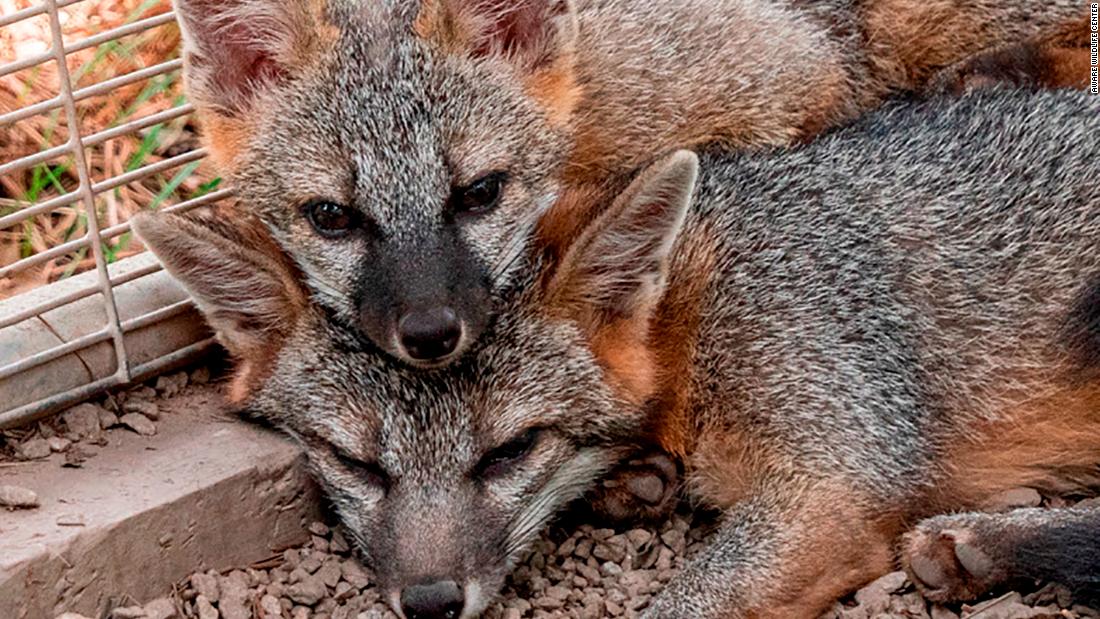Discover Expert Providers in Wildlife Rescue Burlington for Local Animals
Discover Expert Providers in Wildlife Rescue Burlington for Local Animals
Blog Article
Common Challenges and Solutions in Urban Wildlife Removal Efforts
Urban environments present distinct obstacles for wild animals administration specialists entrusted with taking care of or removing wild animals populations. These obstacles commonly intersect with ethical factors to consider, lawful frameworks, and the safety of both human beings and animals. Public resistance and misunderstandings further complicate these initiatives, requiring innovative, non-lethal remedies and durable area outreach. Recognizing the intricacies involved in metropolitan wild animals elimination is essential for developing techniques that balance human safety and security with wild animals welfare. What approaches have verified most reliable, and exactly how can neighborhoods be much better engaged to sustain these campaigns? This discourse seeks to uncover the complex balance required for effective metropolitan wild animals management.
Ethical Wildlife Management
Attending to the complexities of ethical wild animals administration calls for an equilibrium between human interests and the conservation of wild animals ecological communities. In city settings, this balance ends up being progressively challenging as human growth encroaches on wildlife habitats, causing constant human-animal communications. Ethical wild animals management in these atmospheres demands methods that prioritize humane treatment of animals while alleviating potential conflicts.
Among the core principles in honest wild animals administration is the prevention of damage. This entails employing non-lethal methods for wildlife removal, such as exclusion strategies that stop animals from getting in human residences, or using deterrents that direct them far from metropolitan areas. Wildlife specialists are entrusted with using methods that decrease tension and injury to the animals, ensuring their welfare is considered together with human safety.
It is necessary to analyze the environmental functions of metropolitan wildlife and just how their elimination may influence regional biodiversity. Inevitably, effective ethical wildlife administration involves partnership in between conservationists, policymakers, and the public to sustain metropolitan environments.
Navigating Legal Limitations
Browsing the legal landscape of metropolitan wildlife elimination provides a complex layer to the already difficult job of honest wild animals management. These regulations vary significantly throughout areas, necessitating complete understanding and conformity from those involved in wild animals monitoring - burlington wildlife rescue.
One major difficulty is the constant development of these legislations, usually driven by environmental adjustments and social perspectives towards wildlife preservation. Professionals must stay informed concerning existing lawful requirements and upcoming legal modifications. Non-compliance can result in considerable fines, lawful implications, and reputational damages.
Structure partnerships with wild animals firms and legal experts can offer useful understandings and support. Thus, understanding and adhering to lawful structures is not simply a step-by-step requirement but a basic element of accountable and lasting urban wildlife management.

Security in Elimination Practices
Guaranteeing safety in wild animals removal practices is vital to shielding both human and animal well-being. A main issue in wildlife elimination is the possibility for injury or disease transmission to people, necessitating the use of personal protective devices (PPE) such as gloves, masks, and goggles.
Safe removal methods likewise consist of using gentle catches designed to stop injury. These catches should be consistently kept an eye on to ensure that pets are not left in distress. In addition, it is crucial to abide by standards that dictate the proper handling, transport, and launch of caught wildlife, guaranteeing that the pets are gone back to ideal environments where they can grow without presenting further risks to metropolitan atmospheres.
Moreover, education and learning click to read more and training for those associated with wild animals elimination are necessary. This makes certain that all celebrations are mindful of the most up to date safety protocols and techniques, therefore minimizing the probability of accidents and advertising an unified conjunction between urban occupants and wildlife.
Cutting-edge Deterrent Solutions
While safety in wild animals removal is crucial, protecting against experiences with urban wild animals via cutting-edge deterrent remedies can dramatically minimize the need for such treatments. Urban settings, with their wealth of food and shelter, usually draw in wild animals like pigeons, raccoons, and squirrels, causing prospective conflicts. Innovations in modern technology and design have led the way for efficient and innovative deterrent methods that minimize wild animals existence without damage.
One such solution is making use of ultrasonic tools, which release high-frequency noises inaudible to people but undesirable for various wild animals types, driving them away from specific areas. In addition, motion-activated lawn sprinklers can discourage pets by surprising them with unexpected ruptureds of water, effectively inhibiting their return. These tools are specifically useful in securing gardens click here now and eco-friendly areas from foraging animals.

Furthermore, the assimilation of clever illumination systems that adjust their illumination and color can interrupt the nighttime tasks of specific wildlife, decreasing their convenience in metropolitan settings. Physical barriers, such as bird spikes and nettings, remain to work as sensible deterrents, preventing animals from nesting or roosting in unwanted places. Emphasizing humane and environment-friendly strategies, these technologies hold pledge for lasting metropolitan wild animals administration.
Area Education And Learning Campaigns
Understanding the importance of community education and learning initiatives is essential in resolving city wild animals difficulties effectively. Such efforts play a significant duty in cultivating conjunction between people and wildlife in city settings by raising awareness and promoting accountable actions. Educating homeowners concerning neighborhood wild animals species, their environments, and actions can lower misconceptions and anxiety, bring about more educated choices regarding wildlife management.
Neighborhood education and learning efforts often consist of workshops, workshops, and outreach programs designed to involve homeowners of any ages. These efforts can concentrate on sensible recommendations, such as safeguarding waste containers, mounting bird-friendly frameworks, and avoiding feeding wildlife, which assists protect against bring in pets right into urban areas. By distributing knowledge about the eco-friendly duties of wildlife, communities can shift viewpoints from watching animals as nuisances to acknowledging their value within urban ecological communities.
Additionally, education and learning campaigns can empower communities to get involved actively in conservation initiatives. Locals that comprehend the importance of wildlife conservation are most likely get redirected here to support gentle elimination techniques and habitat security steps. Effective community education needs collaboration in between regional authorities, wild animals experts, and area leaders to develop customized programs that address specific city wild animals concerns. Such teamwork makes sure that educational initiatives are both impactful and pertinent, fostering unified city atmospheres.
Conclusion
Urban wild animals elimination requires a multifaceted strategy, dealing with moral monitoring, lawful conformity, and safety and security in elimination practices. Effective urban wildlife administration pivots on partnership among citizens, authorities, and specialists, guaranteeing strategies that protect human safety while respecting wildlife well-being.
Urban environments present distinct obstacles for wildlife administration experts entrusted with removing or managing wildlife populations. Recognizing the complexities entailed in city wildlife removal is critical for establishing techniques that balance human security with wildlife welfare.Browsing the lawful landscape of city wildlife elimination provides a complicated layer to the already difficult task of moral wildlife monitoring.While security in wild animals elimination is crucial, preventing encounters with urban wildlife with innovative deterrent options can significantly minimize the requirement for such interventions. Successful city wildlife management hinges on cooperation amongst experts, authorities, and locals, guaranteeing strategies that safeguard human safety and security while respecting wildlife welfare.
Report this page